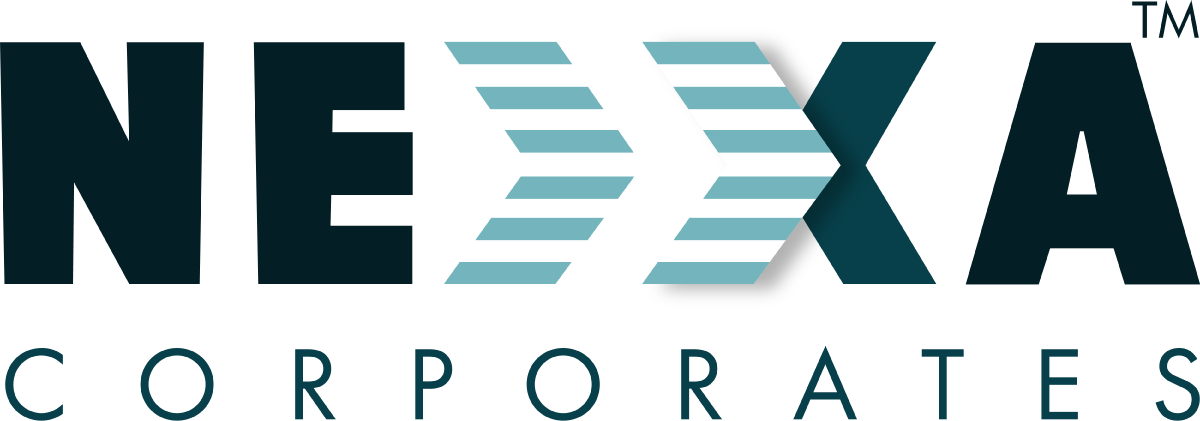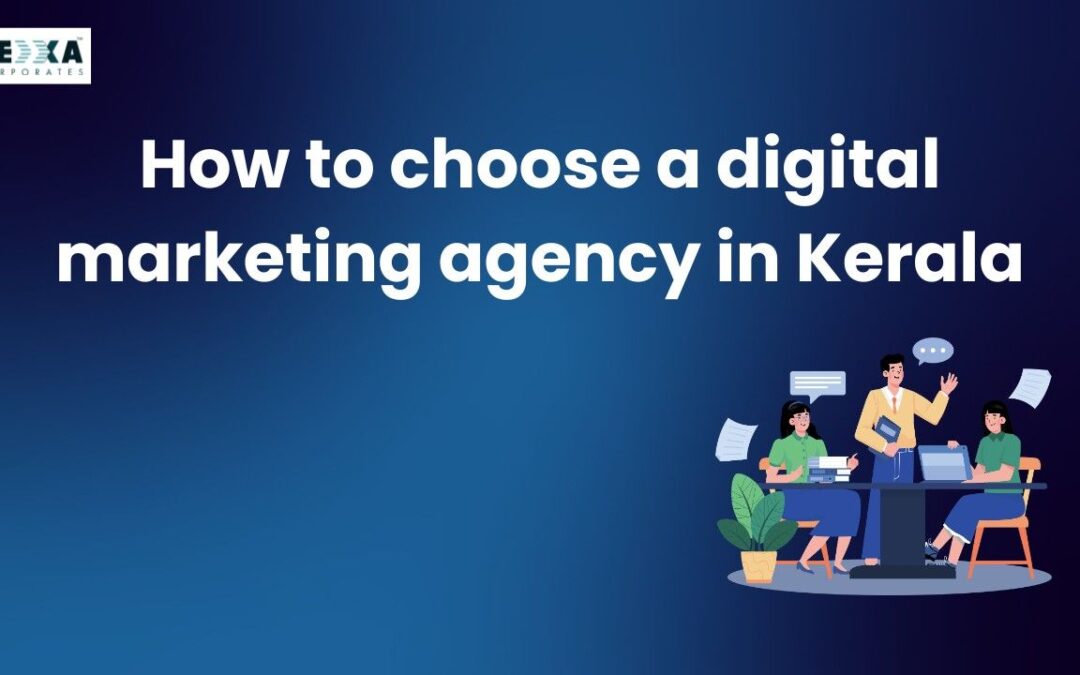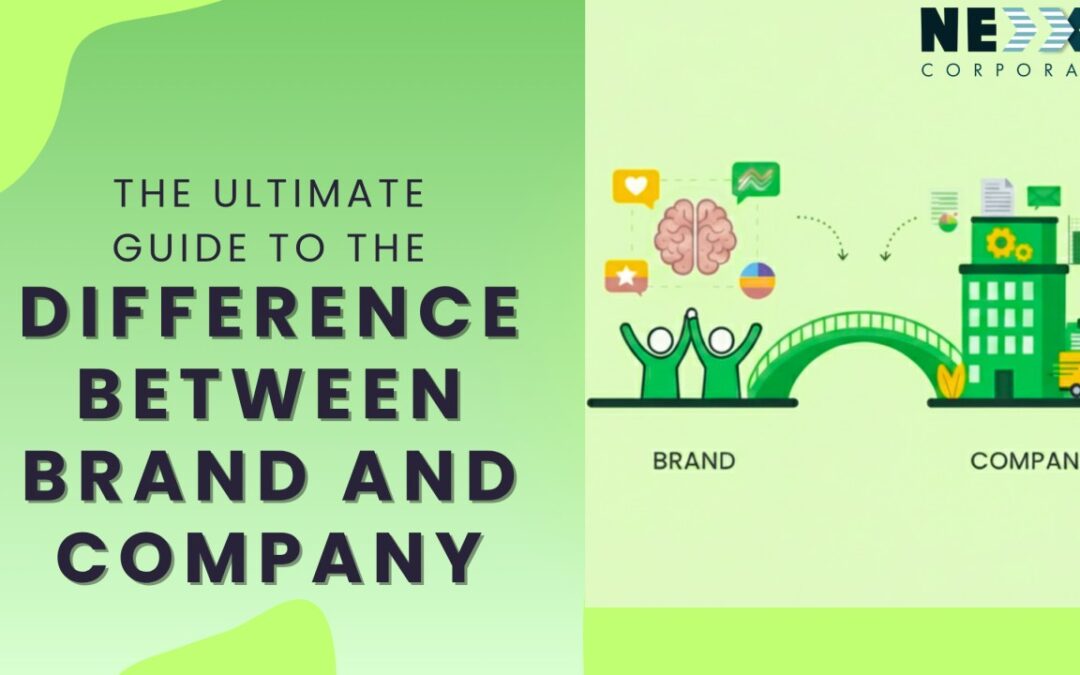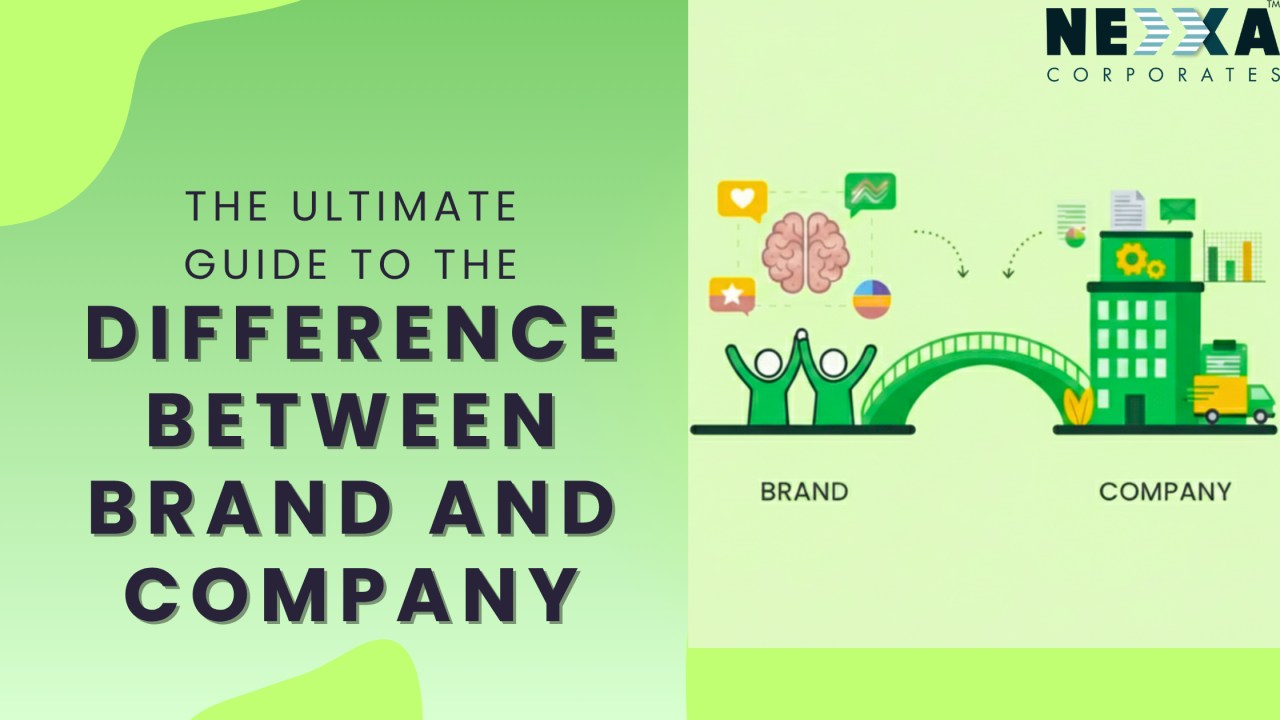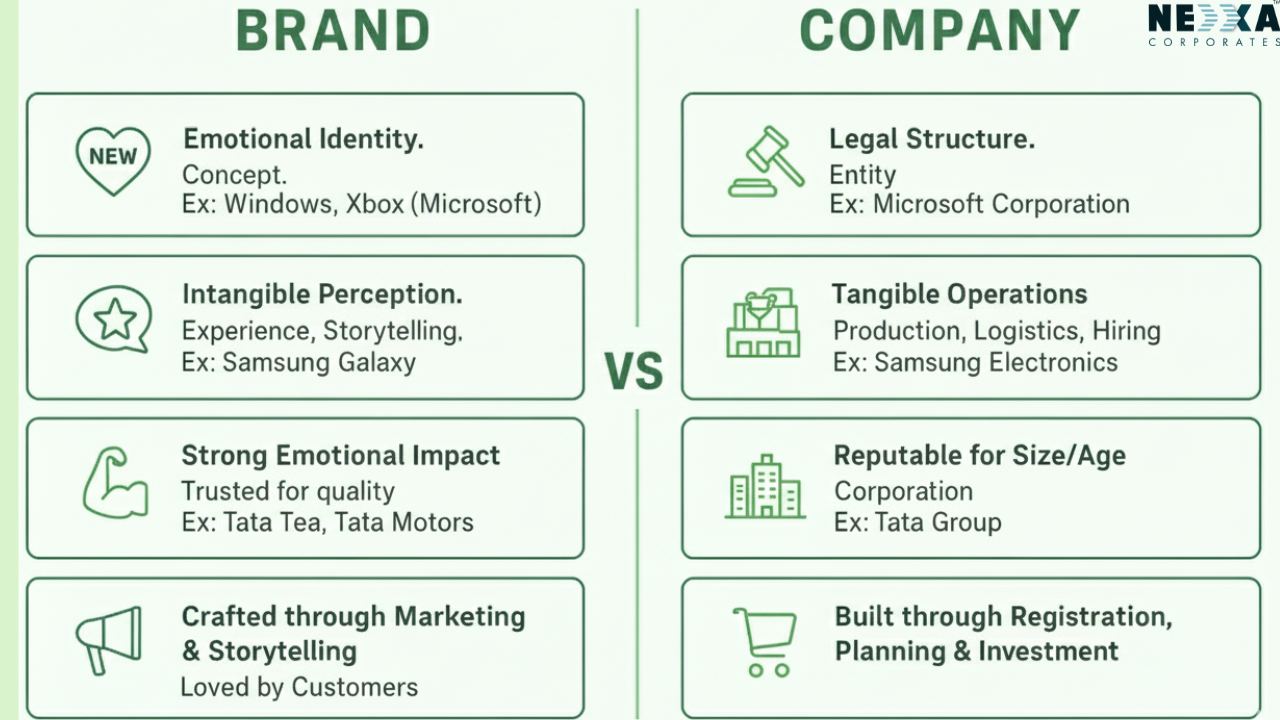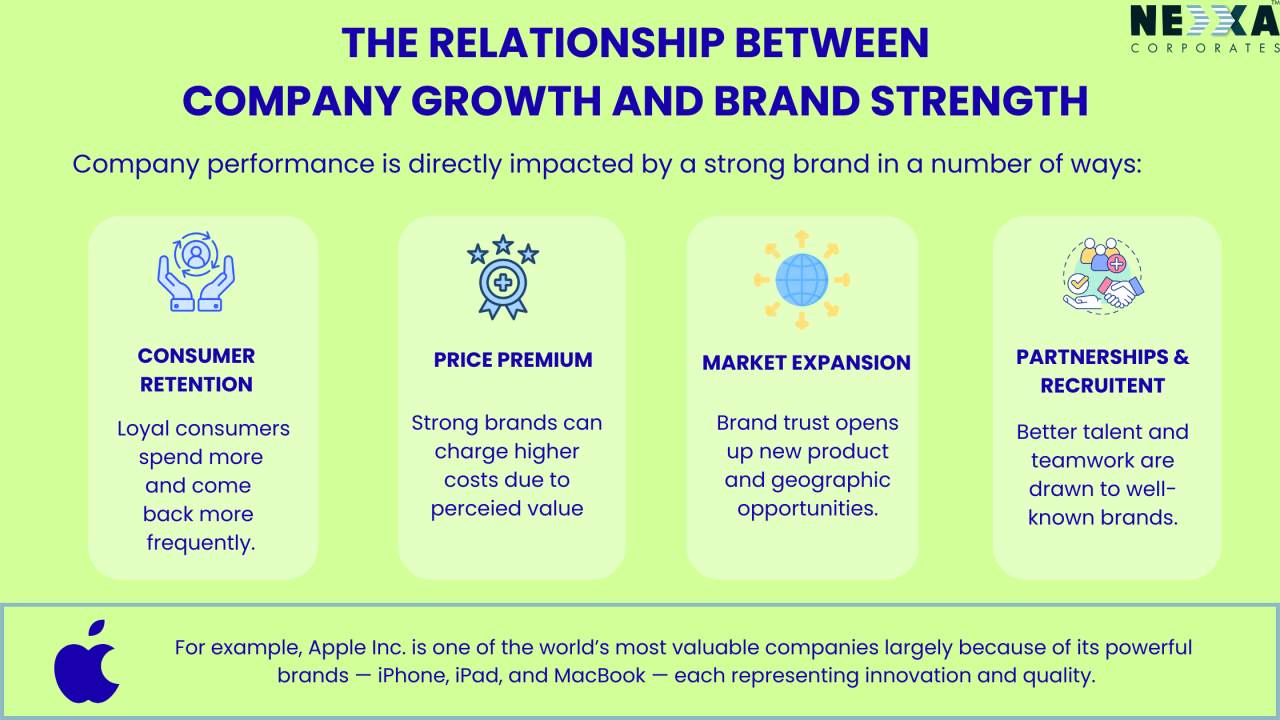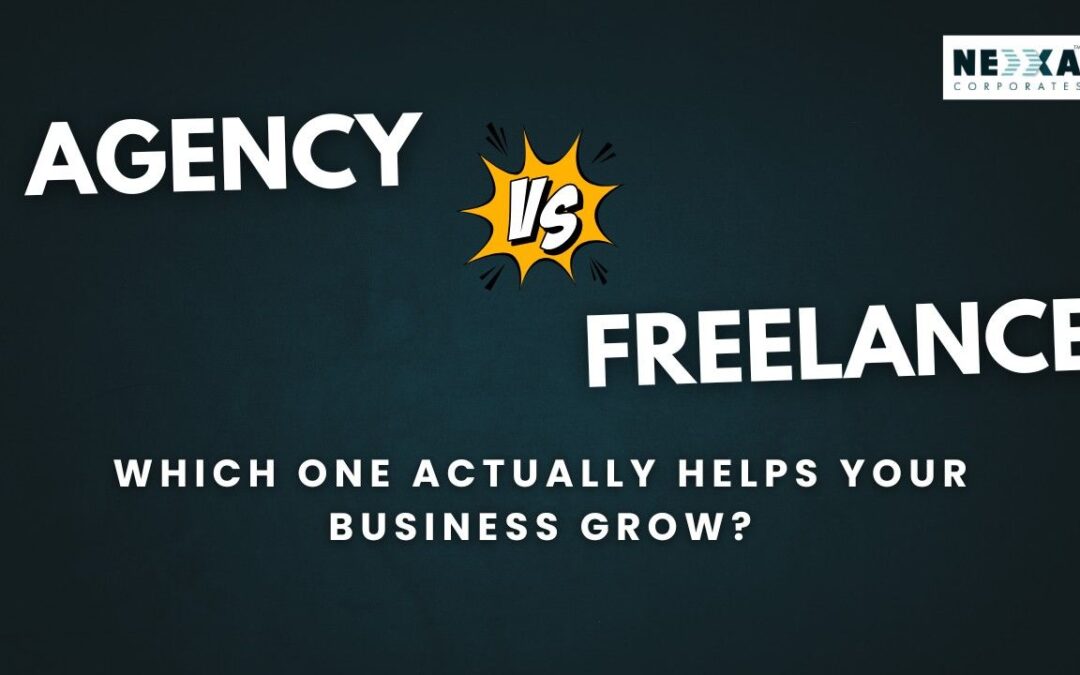
freelance vs digital marketing
Freelance vs Digital Marketing Agency: Which One Actually Helps Your Business Grow?
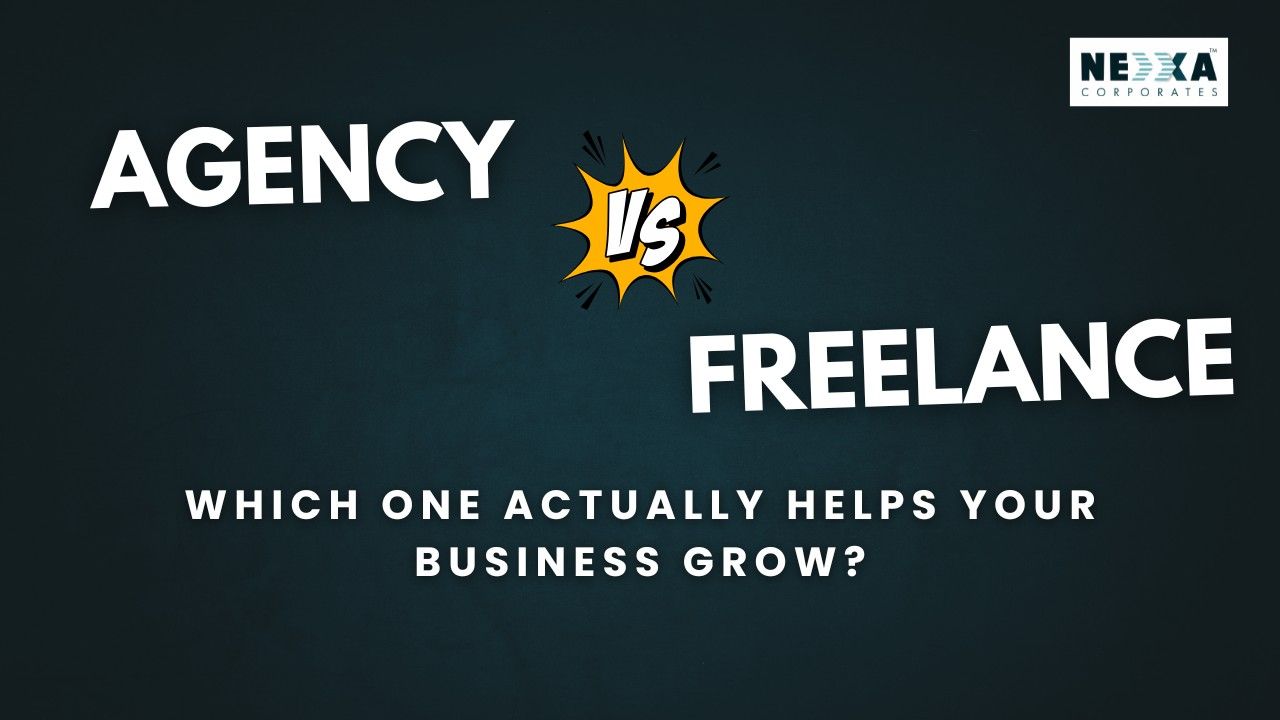
Every business today needs digital marketing. Whether you’re running a small local store or an online brand, you need people to find you, trust you, and buy from you. That’s where digital marketing comes in.
But here’s the thing. When business owners decide to grow online, they often face one big question: Should I hire a freelancer or go with a digital marketing agency? A strong marketing strategy for small business helps decide whether working with a freelancer or a digital marketing agency will bring better results and long-term growth.
Both options have their own strengths and drawbacks, and choosing the wrong one can waste time, money, and energy. So, in this blog, we’ll break down the real difference between freelance vs digital marketing agency, help you understand what fits your business better, and guide you to make a confident, smart decision. Knowing the difference between freelancer and digital marketing agency helps business owners pick the right option for their goals.
Freelance Digital Marketer
A freelance digital marketer is a person who works independently with their own skills. A freelance digital marketer is a person who works independently to help businesses with online marketing. They are not part of any company or agency. Most freelancers focus on one or two areas like social media, SEO, or Google Ads.
They offer services such as creating posts, running ads, improving website traffic, or writing blogs. You can hire them for short projects or specific tasks based on your needs.
When it comes to online growth, many people get confused about freelance vs digital marketing agency and which one gives better results. Small businesses often choose freelancers when they need quick help or have a small budget. It’s an easy and affordable way to get started with digital marketing.
Digital Marketing Agency
A digital marketing agency is a company that helps businesses grow online using a full team of marketing experts. Unlike a freelancer, an agency has people who specialise in different areas, like SEO experts, content writers, designers, web developers, and ad managers, all working together.
When you hire a digital marketing agency, they don’t just do one task. They plan and manage your entire digital strategy — from building your website and running ads to improving your Google ranking and managing social media. Understanding freelance vs digital marketing agency helps you decide which option suits your business goals and budget.
The biggest advantage is that everything stays connected. Your branding, ads, and content all follow one clear plan. This helps you get better and more consistent results over time.
Key Difference Between Freelancer and Digital Marketing Agency
1. Expertise and Skill Range
The main difference between freelancer and digital marketing agency is expertise and skill range. A freelancer usually focuses on one or two areas like SEO, social media, or ads. They’re skilled in their niche but may not cover everything your business needs. A digital marketing agency, on the other hand, has a full team — SEO experts, designers, writers, and ad specialists — so they can handle every part of your marketing together.
2. Cost and Pricing Structure
Freelancers are generally more affordable because they work alone and have fewer expenses. Choosing between freelance vs digital marketing agency depends on how big your business is and what kind of support you need. But sometimes, that also means limited support. Agencies charge more, but you get a complete service — strategy, execution, and ongoing support — which often brings better long-term value.
3. Availability and Response Time
Freelancers handle multiple clients at once, so sometimes they might take longer to reply or finish a task. Agencies have teams working in shifts, so even if one person is unavailable, someone else can step in to keep your project moving on time.
4. Tools and technology access
Freelancers usually rely on free or basic tools. That works fine for small projects, but may limit detailed insights. Agencies invest in premium tools for analytics, SEO, and ad tracking — helping you get more accurate data and stronger performance.
5. Scalability and project size
If you just need help with a few tasks or a short campaign, a freelancer is a great choice. But if your business is growing and needs continuous campaigns, creative design, and reports, an agency is better because they can easily scale the work as you grow.
6. Accountability and Reporting
Freelancers may not always give you detailed reports or regular updates unless you ask for them. Agencies usually follow a structured process — sending monthly reports, explaining what’s working, and adjusting strategies based on data. That transparency helps you track progress clearly.
Merits and Demerits of Hiring a Digital Marketing Agency
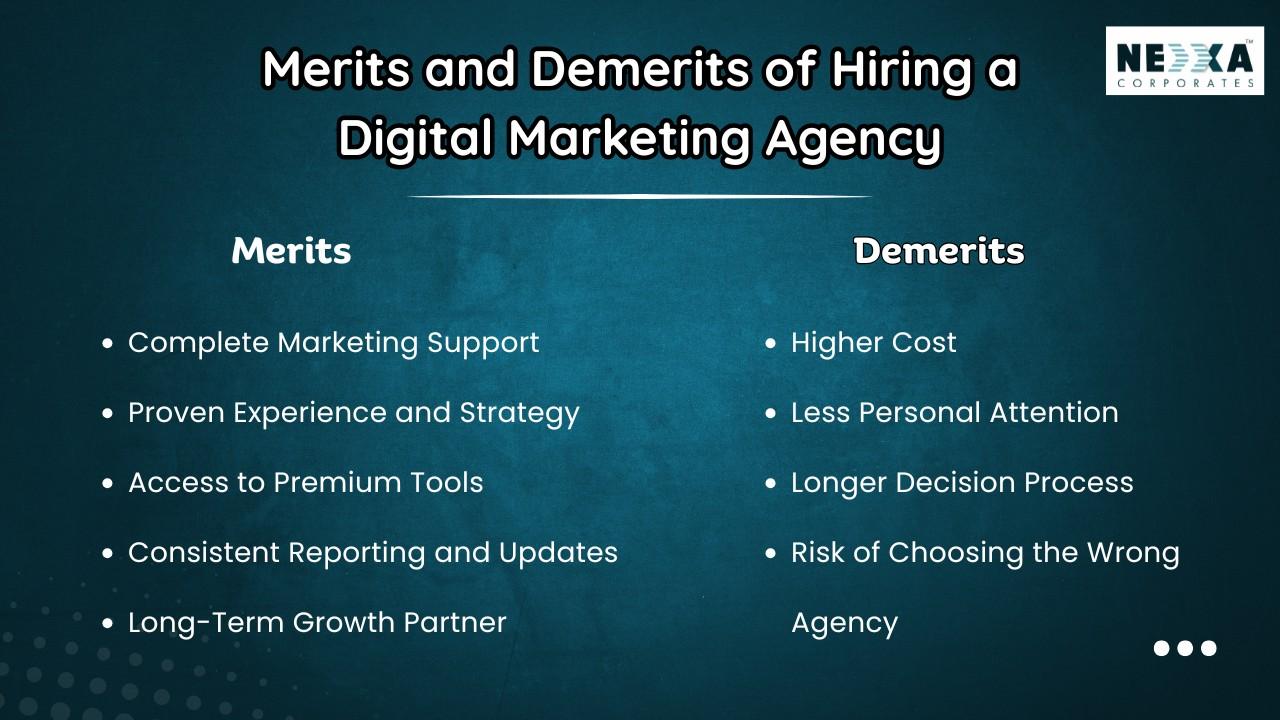
Merits
1. Complete Marketing Support
An agency has a full team — SEO experts, designers, writers, and ad managers. You get everything under one roof, which means all parts of your marketing work together smoothly. The importance of consistency in branding is one big reason many businesses choose a digital marketing agency, as an agency ensures every design, message, and campaign follows the same brand style and tone.
2. Proven Experience and Strategy
Agencies handle many clients from different industries, so they know what works and what doesn’t. Their strategies are tested, data-driven, and focused on real business results.
3. Access to Premium Tools
Agencies use professional tools for keyword research, analytics, and automation. These tools help track performance and make campaigns more effective. The main difference between freelancer and digital marketing agency is that agencies have access to advanced tools and a team that can use them to deliver better results.
4. Consistent Reporting and Updates
Good agencies send regular reports and explain what’s working. This helps you clearly see your ROI and understand where your money is going.
5. Long-Term Growth Partner
A digital marketing agency focuses on building your brand over time, not just short-term wins. They help you grow steadily with proper planning and strategy.
Demerits
1. Higher Cost
Agencies are more expensive than freelancers because you’re paying for a whole team, tools, and strategy. For small businesses, this might feel like a big investment at first.
2. Less Personal Attention
Since agencies manage multiple clients, you might not get one-on-one attention all the time unless you’re on a premium plan.
3. Longer Decision Process
Agencies have internal systems and teams, so approvals and changes can sometimes take more time than working directly with a freelancer.
4. Risk of Choosing the Wrong Agency
Not every agency delivers what it promises. That’s why it’s important to research, check reviews, and understand their past results before signing any deal.
Merits and Demerits of Hiring a Freelancer

Merits
1. Affordable Option
Freelancers usually charge less than agencies. If you’re a small business or just starting out, this can help you save money while still getting good results.
2. Flexible Work Style
Freelancers are often open to working at your preferred time or taking up short projects. You can hire them only when you need help — no long-term contracts or commitments.
3. Direct Communication
You deal directly with the person doing the work. This means faster conversations, fewer delays, and more personal attention to your project.
4. Specialised Skills
Many freelancers focus deeply on one area like SEO, content, or social media. So if you have a very specific task, a freelancer can be a great fit for that job.
Demerits
1. Limited Services
A freelancer may be skilled in one or two areas but might not handle everything — like design, ads, or analytics — all at once. That can limit your marketing reach. The key difference between freelancer and digital marketing agency is that an agency has a full team of experts who can manage all parts of your marketing together for better results.
2. Inconsistent Availability
The main difference between freelancer and digital marketing agency is availability — freelancers often work with multiple clients and may not always be free for urgent help or regular updates, while agencies have dedicated teams to offer consistent support.
3. Lack of Team Support
The main difference between freelancer and digital marketing agency is teamwork — if your project needs multiple skills or large campaigns, a single freelancer might struggle to handle everything efficiently, while an agency has a full team to manage it smoothly.
4. Less Reporting and Tracking
Most freelancers don’t provide detailed reports or data analysis, so it can be harder to measure how well your campaigns are really performing. The main difference between freelancer and digital marketing agency is that agencies offer regular reports, clear insights, and data-driven results to help you track performance easily.
Factors to Consider Before Choosing
Deciding between freelance vs digital marketing agency depends on your budget, timeline, and type of project. Before choosing between a freelancer or an agency, it’s important to understand how to choose a digital marketing agency in Kerala that matches your business goals and budget.
1. Budget and ROI
Decide how much you can spend and what kind of results you expect. Freelancers usually charge less, but agencies can offer better long-term returns with complete strategies. The difference between freelancer and digital marketing agency can affect cost, quality, and the type of services you get.
2. Size of Your Business
The difference between freelancer and digital marketing agency becomes clear when your business starts to grow — a freelancer can handle basic marketing for small businesses or startups, while an agency is better equipped to manage larger and more complex campaigns.
3. Type of Work Needed
Think about what services you really need — SEO, social media, content writing, or paid ads. A freelancer might be skilled in one area, while an agency has experts for each. When you compare freelance vs digital marketing agency, you can see how both have different strengths and challenges.
4. Communication Style
The main difference between freelancer and digital marketing agency is in how they communicate and manage work. Freelancers often work directly with you, which feels more personal, while agencies have dedicated managers to keep communication organized and professional.
5. Consistency and Support
For one-time projects, freelancers are fine. But if you need regular updates, reports, and long-term planning, an agency will give you steady support. The difference between freelancer and digital marketing agency is that a freelancer works alone, while an agency has a full team of experts.
6. Time and Management
Working with freelancers means you’ll handle coordination and follow-ups yourself. Agencies take care of everything — saving you time and stress. Knowing the difference between freelancer and digital marketing agency makes it easier to decide who can handle your project better.
Conclusion
There’s no single right answer when it comes to choosing between a freelancer and a digital marketing agency. It all depends on your goals, budget, and how much support you need.
This guide on freelance vs digital marketing agency will help you find the best way to manage your digital marketing work effectively.
If your business only needs small, short-term help — like managing a few social media posts or running a single ad — a freelancer can do the job well. But if you want consistent growth, detailed reports, and a full marketing plan that brings real results, an agency is usually the smarter choice. To grow your business with expert digital marketing support, choose Nexxa Corporates, a leading digital marketing agency in Thrissur known for proven results and professional service.
Before you decide, take a moment to clearly define what you want to achieve. Once your goals are clear, you’ll know which option fits best for your business and future growth.
FAQ
1. By comparing Freelance vs digital marketing agency which one is affordable?
Yes, freelancers usually charge less than agencies because they work alone and have lower costs. But cheaper doesn’t always mean better. Agencies may cost more, but they offer full support, tools, and a team to handle everything.
2. Can freelancers handle full digital marketing?
Freelancers are great for specific tasks like SEO, ads, or content writing. But it’s hard for one person to manage all areas of digital marketing effectively. Agencies have experts for each part, so they can handle complete marketing strategies.
3. How do I know if an agency is trustworthy?
Check their Google reviews, portfolio, and case studies. Ask for client references or proof of results. A good agency will always be open about its past work and explain how it achieved results for other clients.
4. What should I ask before hiring a freelancer?
Ask about their experience, the type of projects they’ve handled, and how they measure success. Also, discuss deadlines, reporting, and communication methods before starting.
5. Which gives better ROI — freelancer or agency?
It depends on your business goals. For small, short-term work, freelancers may give good value. But for long-term growth, consistent branding, and measurable results, agencies usually provide better ROI.
